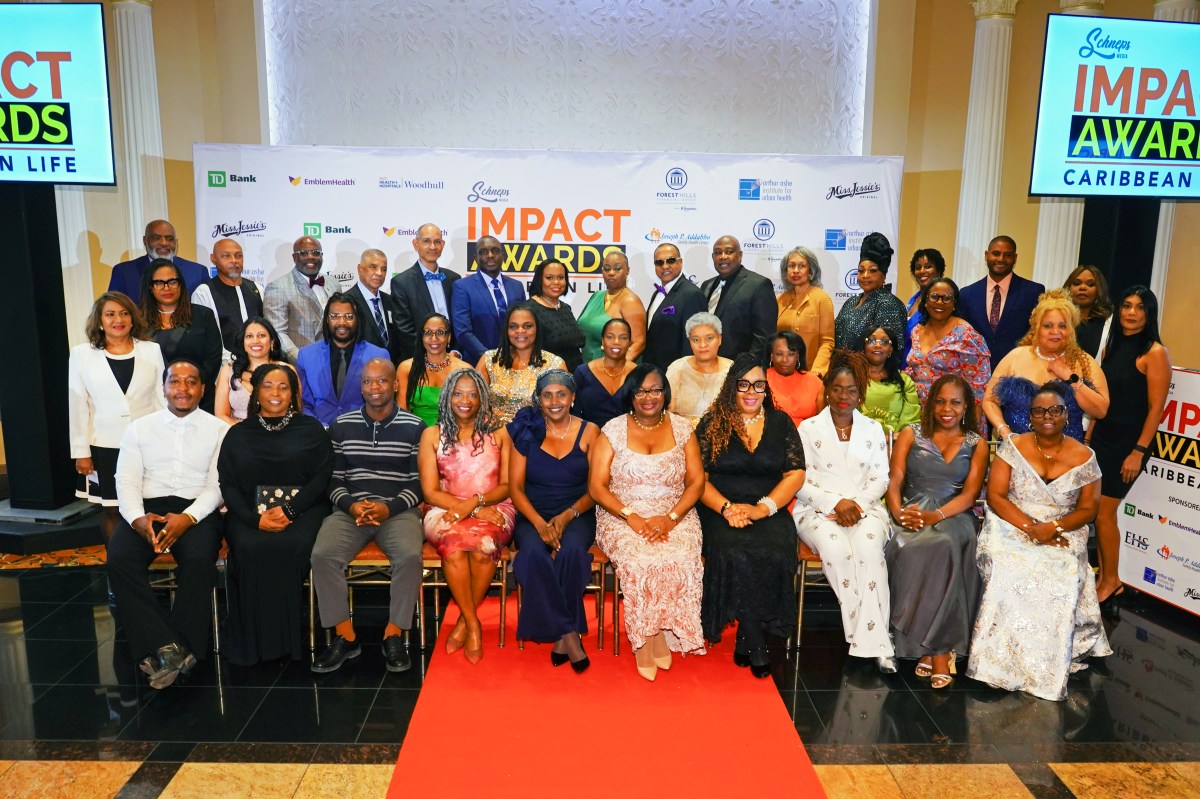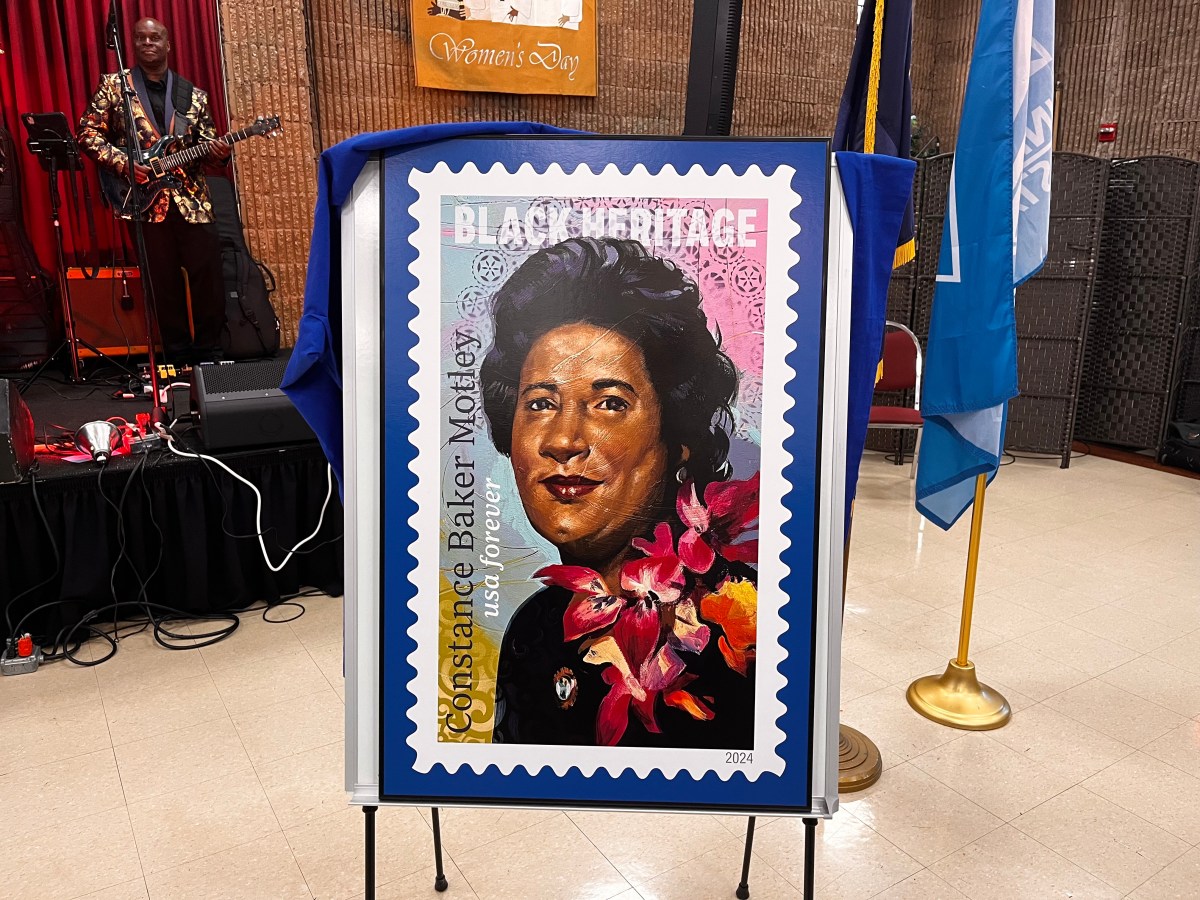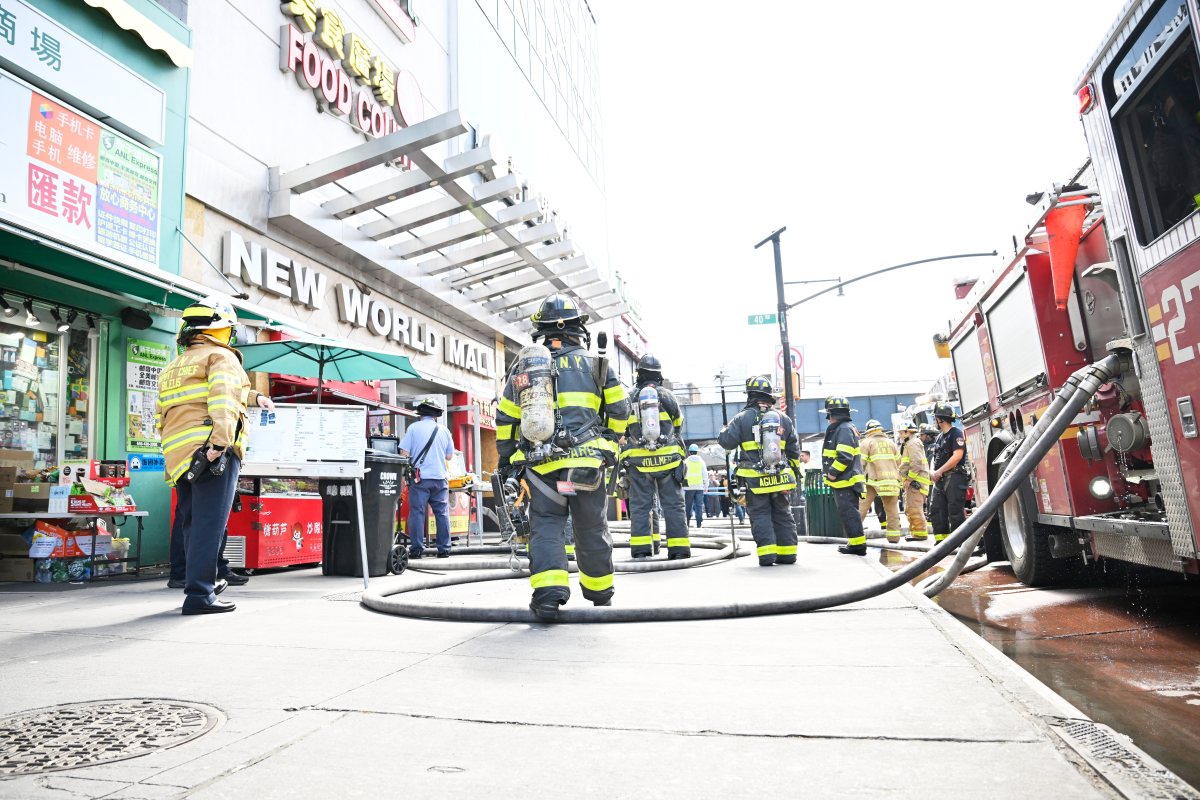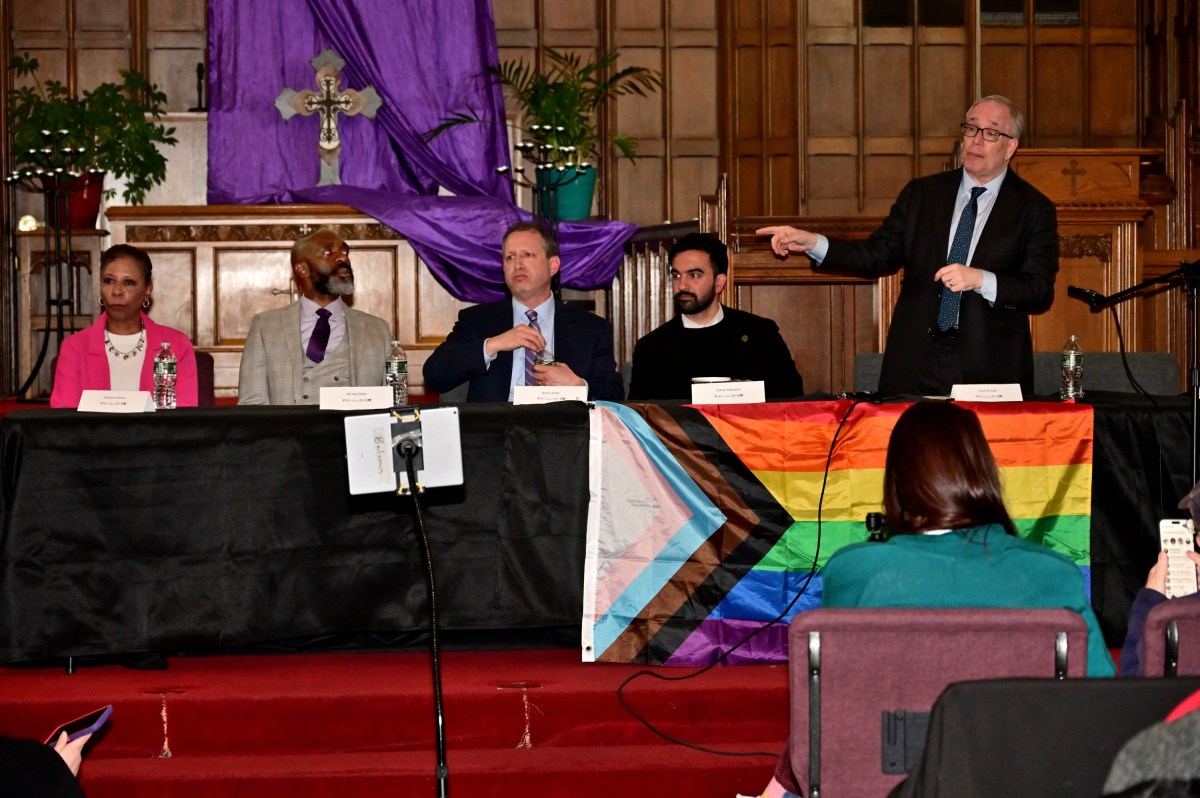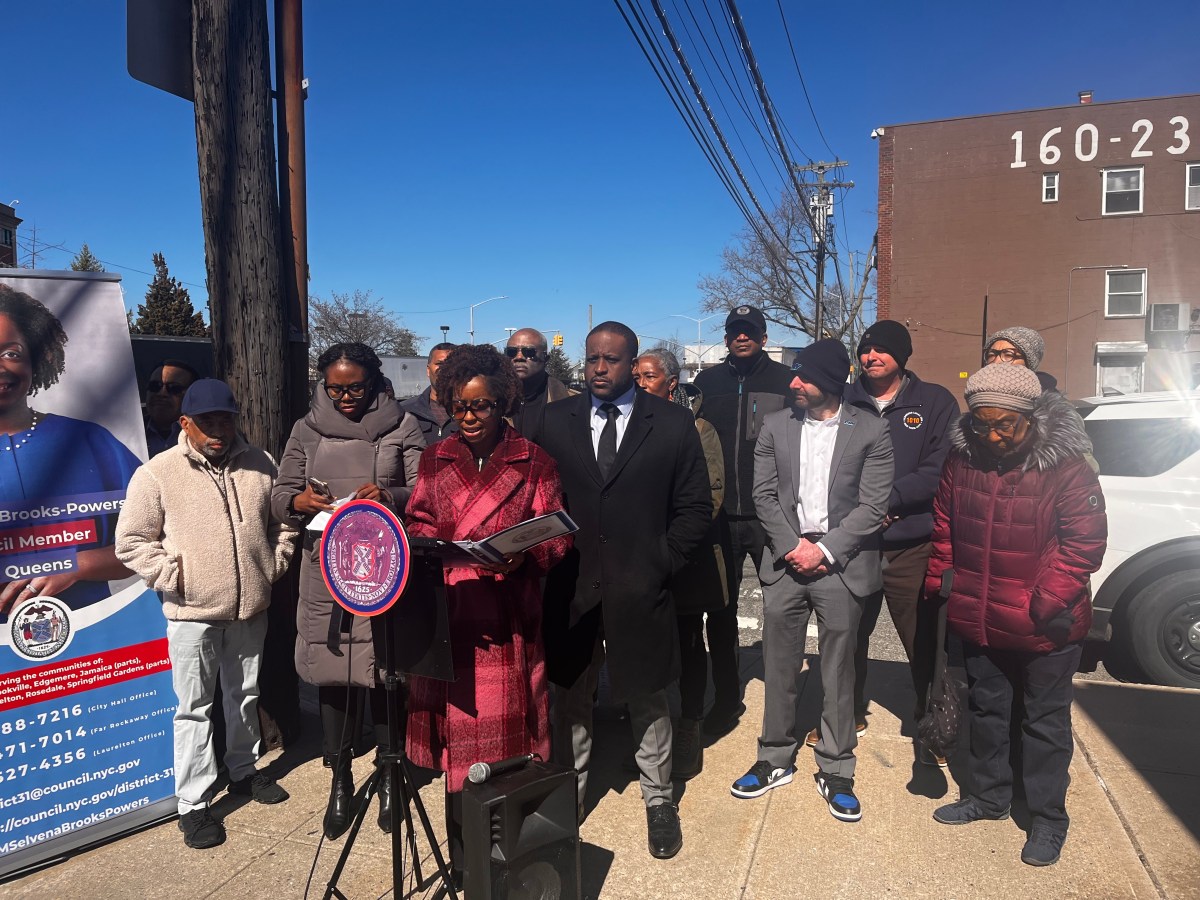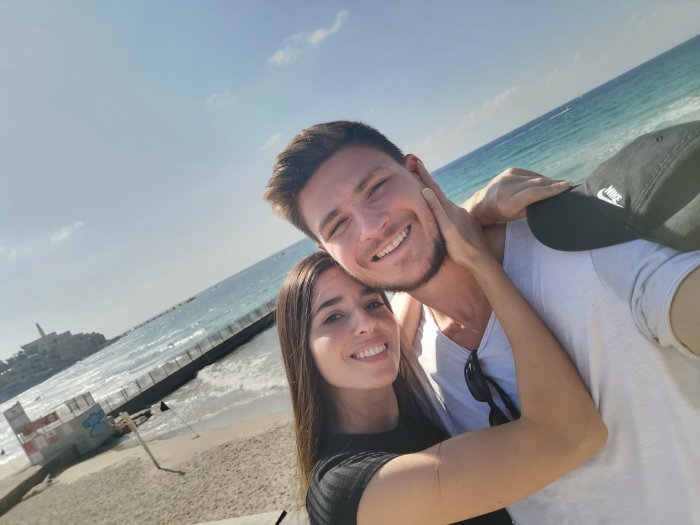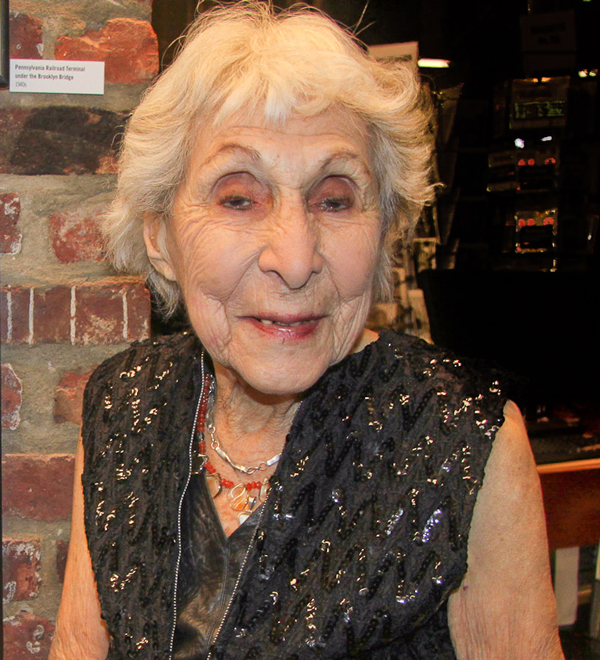
BY ALBERT AMATEAU | Rebecca Lepkoff, a renowned photographer who recorded the street life of the Lower East Side, where she was born and raised, died Sun., Aug. 17 in her home in Townshend, Vermont, where, in addition to her home in Manhattan, she lived part of the year with her family for the past 60 years. She died two weeks after her 98th birthday.
She bought her first camera, a Borlander, with money she earned as a dancer at the 1939-40 New York World’s Fair.
At a 2012 exhibition of her photos in the Tenement Museum on the Lower East Side, she told a reporter that she went outdoors with her camera because “everything happened in the streets. People would go out with their baby carriages. They’d sit on the stoops,” she said. “People lived in the streets. You didn’t have to worry about kids’ safety. They were playing stickball on the street in front of you.”
She was born on Aug. 4, 1916, in a Hester St. tenement, the daughter of Russian immigrants. Her father, a tailor, moved the family to increasingly better homes in the neighborhood, on Clinton, Division, Monroe and Ridge Sts. and on East Broadway.
Rebecca attended the College of the City of New York, graduating in 1938, and studied dance with Martha Graham, one of the founders of modern dance. She also joined a National Youth Administration (a Depression-era government agency) photography program from 1939 to 1941. By the time she married Eugene Lepkoff in 1941, she had become an experienced photographer of life on the streets.
In 1945 she joined the Photo League, founded in 1939 by a group of socially conscious photographers. Among the league’s early members who became distinguished photographers of the era were Arthur “Weegee” Fellig, Bernice Abbott, Helen Levitt, Lisette Model, Paul Strand, Lewis Hine, Morris Engel and Walter Rosenblum.
In its heyday, the league had 300 members and served as a school, darkroom, gallery and discussion club for people who believed that photography should chronicle social conditions and help change them. However, the league dissolved in 1951 after the U.S. attorney general listed it as a subversive organization.
In the 2012 interview at the Tenement Museum, Rebecca Lepkoff contended that when the league first started, most photography was commercial and fashion.
“The Photo League said, ‘The world is out there, and we should go out there and bring back life to be seen,’ ” she said.
The best of her photos of the era are in “Life on the Lower East Side: Photographs by Rebecca Lepkoff, 1937-1950,” collected by Peter Dans and Susan Waserman, published by Princeton Architectural Press.
Although urban renewal projects obliterated many of the streets where she grew up, Rebecca Lepkoff continued to photograph the neighborhood into the 1980s.
“It’s a part of my history, my life,” she said in the 2012 interview. “It’s very familiar but so very different now. As I walk along, I superimpose, the double vision. I see it [as it was] then, you know, and I have it now. It’s interesting.”
In recent years, she has photographed the streets of Harlem near her home in Washington Heights.
“I witness the relationship between people, parents with children, a lot of fathers with babies. The mothers are nannies taking care of other people’s kids,” she said in the 2012 interview.
“I always looked up to her as being a very elegant lady,” said David Channon, an Upstate resident whose mother became a friend of Rebecca’s when they met as civilian office employees of the U.S. Army during World War II. “I remember a party at Becky’s and Gene’s. I must have been six years old. Pearl Primus was there with other dancers and a lot of bongo drums,” Channon recalled.
Primus, an anthropologist and dancer who introduced African dance to the U.S., was a member of the National Youth Administration along with Rebecca in the early 1940s.
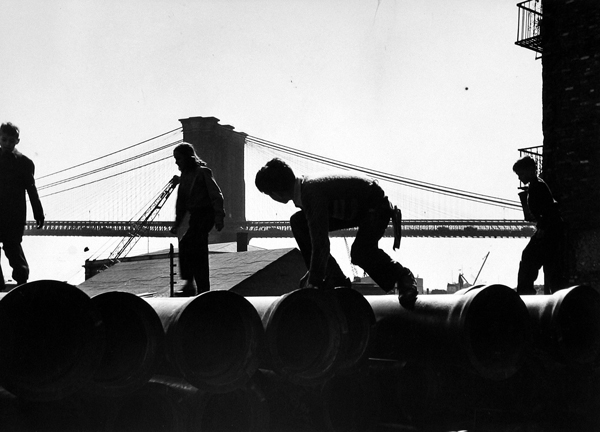
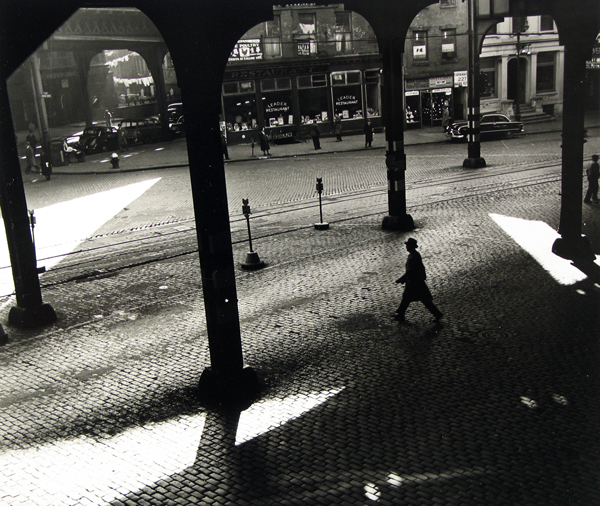
In 1950, Rebecca and her husband Gene bought a house in Windham County in southern Vermont, where Helen and Scott Nearing, an economist and radical social activist, and their circle, lived. Rebecca’s photos of the Nearings and their friends, collected in “Almost Utopia: The Residents and Radicals of Pikes Falls Vermont 1950,” was published in 2008 by the Vermont Historical Society.
“Lots of people would come and live [Nearing’s] style of being close to the earth,” Rebecca told the local newspaper in 2010. “The book is called ‘Almost Utopia’ because people stayed a long time and then gave up. They couldn’t quite live there forever,” she said.
Two decades later, in the 1970s, a new generation inspired by the Nearings came to Windham County and Rebecca photographed their way of life in a series, “Vermont Hippies,” which was last shown in a 2010 exhibition at the Vermont Center for Photography in Brattleboro, according to The Commons, an online source of Windham County news and opinions.
Rebecca attended her 98th birthday party in Vermont at the Jamaica Historical Society, according to The Commons. In the past few years, she and her husband, 96, who survives, have been making their home in an assisted-living residence in Townshend.
“She lived a long and incredible life. She was an amazing artist and mother and an amazing person,” said her son, Jesse Lepkoff.
Rebeca was a regular at the Townshend Farmers Market where her booth — Rebecca Lepkoff and Family — featured her signed books and handmade pottery. Her daughter-in-law, Tamara Stenn, said the family will continue to run the booth into September and perhaps October.
“We have quite a collection of Becky’s porcelain and hand-printed vintage museum-quality photos and are seeking homes and ideas for them,” Stenn said.
A memorial for Rebecca Lepkoff is being planned, with a time and place still to be determined.




